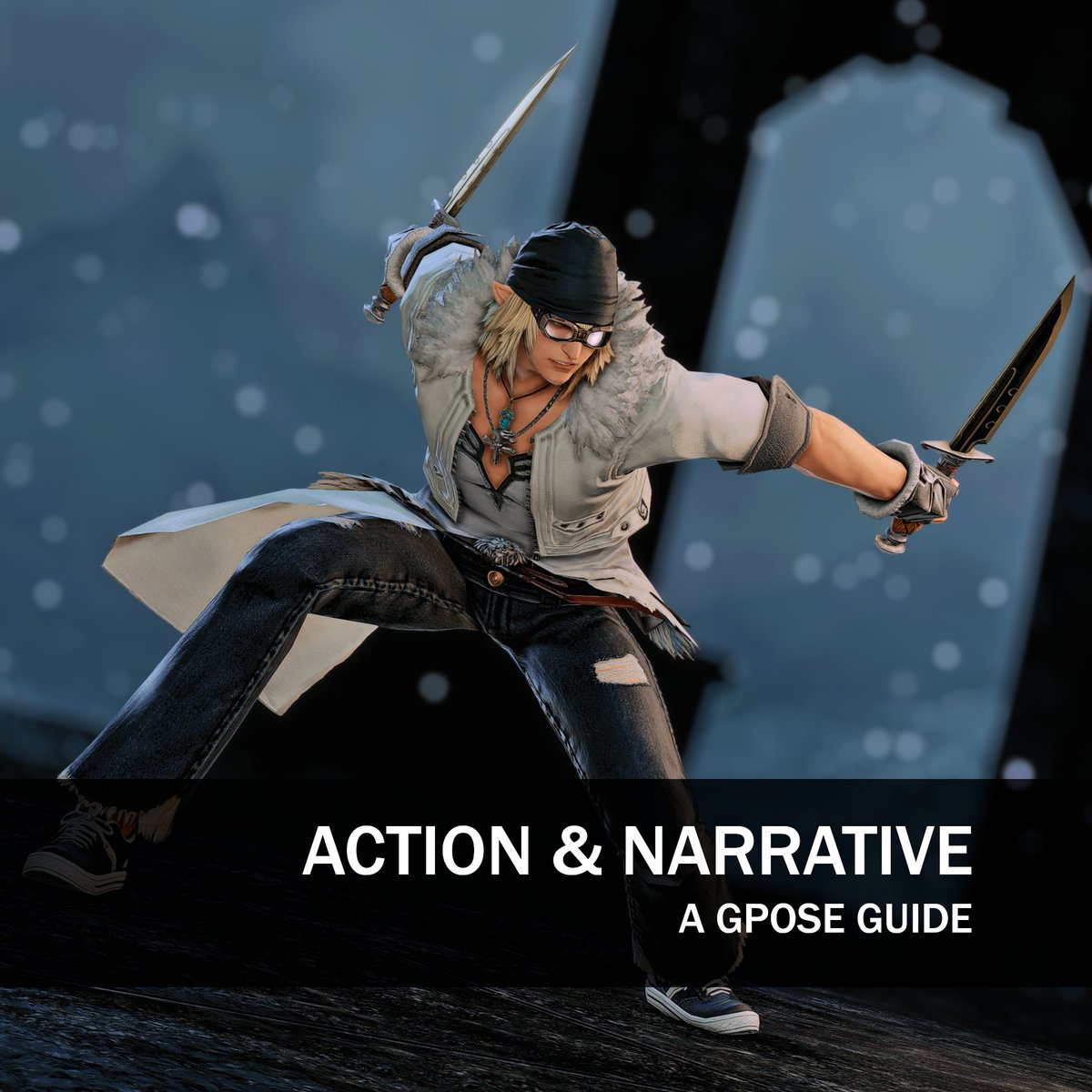
#viera #bnuuy #NenekoColorS #EorzeaCollection #GPOSERS #FFXIVScreenshots #ffxiv #GShade #XIV_PICTCLIP 

• • •
Missing some Tweet in this thread? You can try to
force a refresh
























